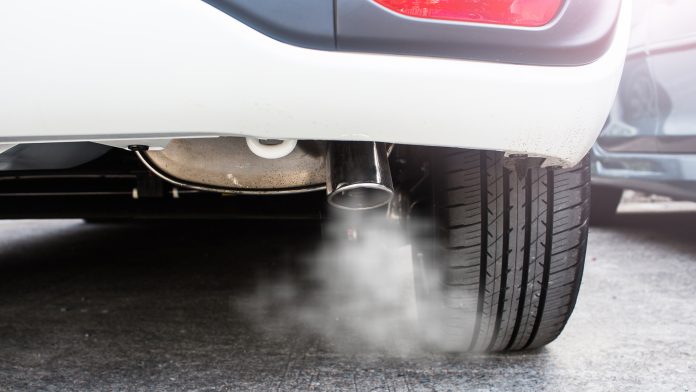The Environmental Protection Agency (EPA) has officially announced the final vehicle emission standards for the US, which will cut over seven billion tonnes of carbon emissions.
The new vehicle emission standards are for passenger cars, light-duty trucks, and medium-duty vehicles for model years 2027-2032 and beyond.
These standards, aimed at curbing carbon emissions, are projected to significantly impact society, with nearly $100bn in annual net benefits, including substantial public health benefits and reduced fuel costs for drivers.
The EPA’s final standards build upon the significant pollution reduction goals outlined in the proposed rule while accelerating the adoption of cleaner vehicle technologies.
This move comes as sales of clean vehicles, including plug-in hybrids and fully electric vehicles, reached record highs in the previous year.
EPA Administrator Michael Regan and President Biden’s National Climate Advisor Ali Zaidi will announce these standards at an event in Washington, emphasising their alignment with President Biden’s climate and economic agenda.
Regan highlighted the significance of the new vehicle emission standards: “With transportation as the largest source of US climate emissions, these strongest-ever pollution standards for cars solidify America’s leadership in building a clean transportation future and creating good-paying American jobs, all while advancing President Biden’s historic climate agenda.
“The standards will slash over seven billion tonnes of climate pollution, improve air quality in overburdened communities, and give drivers more clean vehicle choices while saving them money.
“Under President Biden’s leadership, this Administration is pairing strong standards with historic investments to revitalise domestic manufacturing, strengthen domestic supply chains and create good-paying jobs.”
Light- and medium-duty vehicle final standards
The newly announced standards, titled ‘Multi Pollutant Emissions Standards for Model Years 2027 and Later Light-Duty and Medium-Duty Vehicles,’ build upon existing EPA emissions standards for passenger cars and light trucks for model years 2023-2026.
These standards maintain a technology-neutral and performance-based approach, leveraging advancements in clean car technologies to further reduce climate pollution and emissions contributing to smog and soot formation.
Environmental and health implications
The final standards are anticipated to generate substantial societal benefits, with annual net benefits estimated at $99bn.
They are projected to prevent over 7.2 billion tons of CO2 emissions through 2055, a figure equivalent to four times the emissions of the entire transportation sector in 2021.
Additionally, these standards will reduce fine particulate matter and ozone, potentially preventing up to 2,500 premature deaths in 2055, as well as reducing various respiratory and cardiovascular illnesses.
Manufacturers will have flexibility in meeting the performance-based standards through a mix of technologies, ranging from advanced gasoline vehicles to hybrids and full-battery electric vehicles.
The EPA’s analysis considers various available emission control technologies, ensuring consumers will continue to have diverse vehicle choices.
Compared to existing standards, the finalised standards for model year 2032 represent significant reductions in greenhouse gas emissions for both light-duty and medium-duty vehicles, contributing to improved air quality nationwide.
Impact on employment and industry growth
The EPA projects an increase in US auto manufacturing employment in response to these final vehicle emission standards.
Since President Biden’s inauguration, over $160bn in investments in US clean vehicle manufacturing have been announced, with the auto manufacturing sector adding over 100,000 jobs.
A statement from United Automobile Workers said: “The EPA has made significant progress on its final greenhouse gas emissions rule for light-duty vehicles.
“By taking seriously the concerns of workers and communities, the EPA has come a long way to create a more feasible emissions rule that protects workers building ICE vehicles while providing a path forward for automakers to implement the full range of automotive technologies to reduce emissions.”
Benefits for consumers and industry
These vehicle emission standards are expected to provide greater certainty for the auto industry, stimulating private investment, creating well-compensated union jobs, and fortifying the US auto sector.
Moreover, once fully implemented, the standards are estimated to save the average American driver approximately $6,000 in reduced fuel and maintenance costs over a vehicle’s lifespan.
The vehicle emission standards mark a pivotal step towards addressing climate change, promoting economic growth, and enhancing public health.
By fostering innovation in the auto industry and prioritising cleaner vehicle technologies, these standards are poised to yield substantial benefits for both society and the environment.









